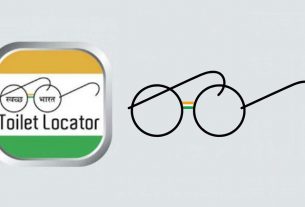By Esther Esha
Bengaluru, March 7, 2019. There has been a decrease of about 10 percent when compared to previous years. Mysore Art is difficult to master, and a lot of students enrolled at the beginning do not continue until the end.
Ramanujan, a private teacher who takes art classes held in summer has noticed a drastic change when compared to the previous years.
Mysore Art is about 200 to 300 years old and comes from the Vijayanagara Kingdom. This art form is mostly practised in the district of Mysore. Mysore Art used line drawings in the beginning and has moved to colour and relief paper –also referred to as a gold leaf.
Muni Mohan, Assistant Professor in Chitakala Parishath explained that there are a few artists who just learn one painting and start classes on their own in Mysore Art. This is one of the reasons where students might drop out because, for beginners, it is a very difficult art form to practice. He added that most of these paintings are put in the Mysore Palace.
According to Chitrakala Parishath, from the 19th century, the paintings are large representations of mythological figures and also of the royal lineage of Mysore dynasty. Mysore painting is an important form of classical South Indian art evolved from the culture of Vijayanagar times, during the reign of the Vijayanagar Kings (1336-1565AD).
The rulers of Vijayanagar and their feudatories encouraged literature, art, architecture, religious and philosophical discussions. With the fall of the Vijayanagar empire after the Battle of Talikota in 1565, the artists who were until then under royal patronage migrated to various other places like Mysore, Tanjore, Surpur, and other principalities, absorbing the local artistic traditions and customs.

The works in the collection of the Parishath have all been executed on specially-treated paper and the colours used are mineral and vegetable dyes with the use of gesso plaster and gold. The technique is true to textual prescriptions. There is skill displayed in innovations both in theme and technique.
Kurva Basavaraj, an administrator of Janapada Loka, said that Mysore Art is mostly on goddesses like Parvathi, Durga (Chamundi) and gods such as Rama, Shiva, Ganesh, and Vishnu.
Vidya, who practices art said, “The enrolment in Mysore Art is decreasing as there could be an attraction towards more modern art.”
According to Cultural India, there are a number of steps that are involved in the process of producing a Mysore painting. The first step requires the artist to make a preliminary sketch of the image on the base, which comprises of a cartridge paper pasted on a wooden base.
Thereafter, he makes a paste of zinc oxide and Arabic gum, known as ‘gesso paste’. This paste is used to give a slightly raised effect of carving to those parts of the painting that require embellishments and is allowed to dry. Then, gold foil is pasted onto the surface. The rest of the painting is prepared with the help of watercolours. After the painting is fully dried, it is covered with a thin paper and rubbed lightly with a smooth soft stone.
In the traditional Mysore paintings, all the inputs were made by the artists, including brushes, paints, board, gold foil, etc. Instead of the poster colours and watercolours of today, vegetable, and mineral colours were used. Even the base was formed of paper, wood, wall and cloth, rather than the sole cartridge paper base used now.
The sketches were made with the help of charcoal, which was prepared by burning tamarind twigs in an iron tube. The brushes were made of different materials, like squirrel hair, camel hair, and goat hair.





